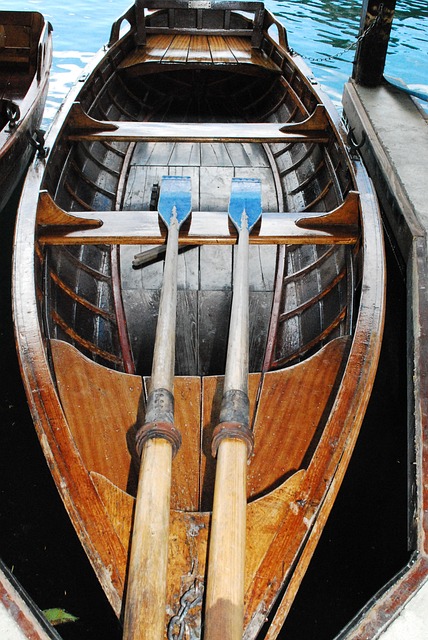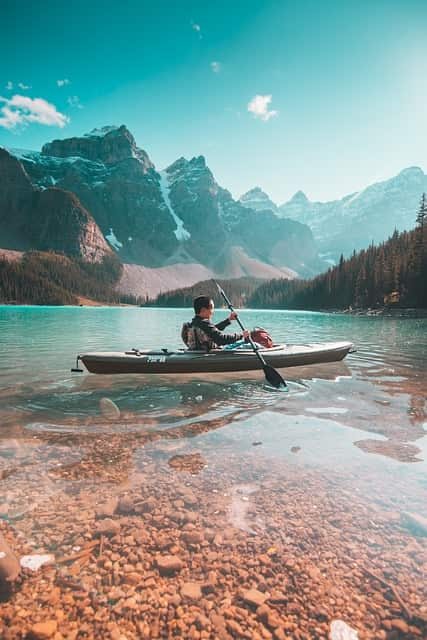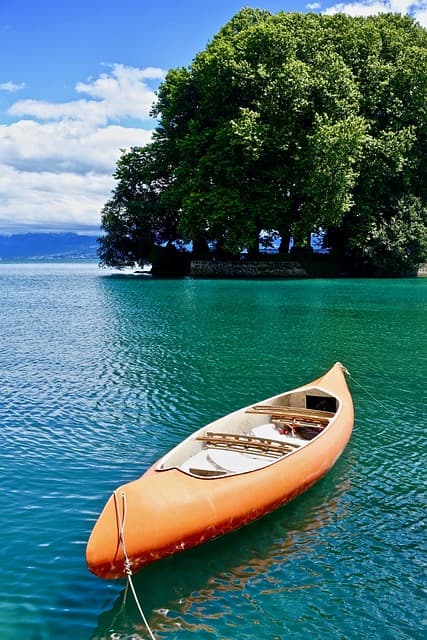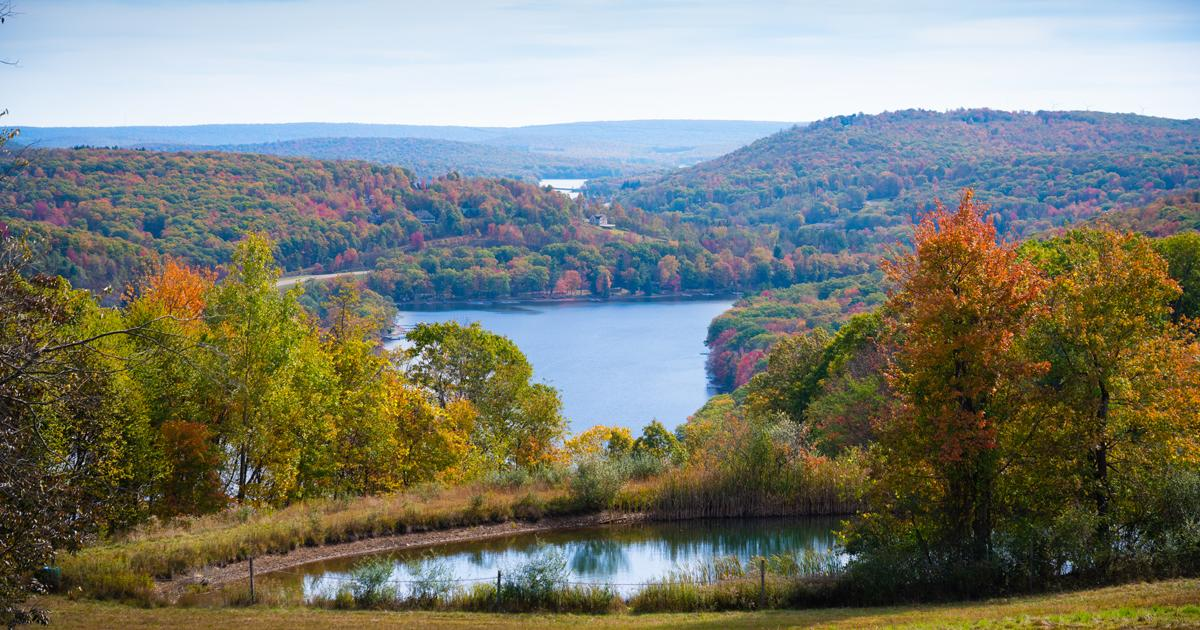Glistening rivers, tranquil lakes, and picturesque waterways – Maryland offers a haven for kayaking enthusiasts to immerse themselves in the beauty of nature while gliding across its scenic waters. However, these serene settings come with a responsibility to abide by Maryland’s kayak laws.
In this comprehensive guide, we’ll navigate through the intricacies of these regulations, providing you with the knowledge to enjoy your aquatic escapades with peace of mind.
The Foundation of Waterway Regulations
Maryland, with its diverse aquatic landscape, has established a framework of kayak laws to ensure safety, conservation, and enjoyable experiences for all. The primary regulations governing kayaking are rooted in Maryland’s Natural Resources Code, designed to preserve the state’s water ecosystems and safeguard enthusiasts and wildlife alike.
Required Equipment and Safety Measures
In compliance with Maryland kayak laws, every kayaker must equip themselves with a personal flotation device (PFD) – an essential piece of gear that guarantees safety on the water. Furthermore, sound signaling devices and proper lighting become imperative during low visibility conditions, contributing to the overall safety of kayakers and other boaters.
Navigating Water Traffic and Right of Way
Understanding water traffic regulations is crucial for a seamless kayaking experience. According to Maryland’s kayak laws, kayakers should always yield to larger vessels, such as motorboats and ships, when navigating shared waterways. Adhering to these right-of-way rules prevents accidents and ensures harmony among different watercraft. Enjoy breathtaking views of Maryland, checkout this video
Preserving Maryland’s Natural Beauty
Maryland’s waterways are home to diverse ecosystems and delicate wildlife habitats. To maintain the ecological balance, kayakers are obligated to stay clear of marked wildlife protection zones. By steering clear of these designated areas, kayakers contribute to the preservation of Maryland’s rich biodiversity.
Adhering to No-Wake Zones
In alignment with Maryland kayak laws, kayakers are urged to maintain a safe speed in designated no-wake zones. These areas are identified to prevent shoreline erosion and protect sensitive habitats from the disturbances caused by excessive wakes.
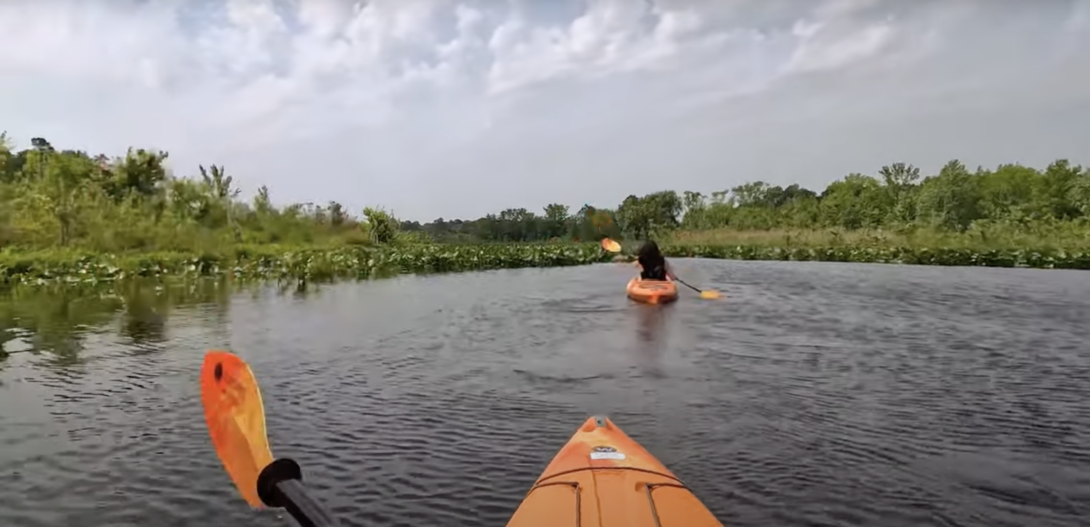
Conclusion
As you embark on your kayaking adventures in Maryland’s enchanting waters, a thorough understanding of the state’s kayak laws becomes your compass to a safe and responsible journey. Armed with the knowledge of required equipment, right-of-way rules, and ecological considerations, you can confidently navigate the waterways while upholding the beauty and balance of Maryland’s aquatic realms.
Remember, by adhering to these regulations, you’re not only securing your own safety but also playing a vital role in conserving the natural wonders that make Maryland’s kayaking experiences truly extraordinary.
